Another online archive of lovely posters for your education and enlightenment today. But, nothing is straightforward in this world, so this is another archive with its own quirks and priorities. Here, though, they’re more understandable, because this archive isn’t meant for the likes of you and me. It’s the National Railway Museum poster collection, and it’s designed for railway buffs.
Whitley Bay, Amstutz, 1954
Wondering what I am talking about? Try here. This is the main search page for the NRM’s poster collection, your gateway to more than ten thousand railway posters. Now I might want to search these by date, or by the subject of the poster, or even by the designer. Not a chance. I can filter them by category (of which there is only one, All, which is philosophically quite interesting), or I can sort them by railway company. So should I ever want to see every poster for the Axminster and Lyme Regis Light Railway, I am fine. Should, however, my life not be organised in terms of various railway operators I am rather up the Swannee.
Morecambe, Lance Cattermole, 1960
It’s such a radically different perpective on the world that it makes me laugh rather than drives me to fury. Although this is mainly because there are a couple of get-arounds by which I can find what I am looking for. The first is the search box in the top right corner. Although this searches the entire site, not just the poster collection, “Morecambe poster” or “Amstutz poster” generally gets you a full list of results, even if in text form, usually including several repetitions, and with only about half a chance of an image when you click on the individual object.
Lincolnshire, Tom Purvis, no date
But not even this isn’t as infuriating as it might be. Because, elsewhere, there is a much better search engine. The National Museum of Science and Industry runs not only the NRM, but also the Science Museum and the National Media Museum. And it too has a search engine – although, wierdly, I can’t find any way of accessing it from their home page. Perhaps it’s a secret and I’m not meant to be using it. In which case, apologies.
From this, you get a much neater page of search results, with thumbnail images where they exist. Plus, as an added bonus, your search can also turn up some additional Science Museum holdings, like this cheerful little Eckerlsey Lombers for the Ministry of Food.
What’s odd about these two search pages though, is that they don’t turn up the same results. (This next bit may end up being a bit geeky, so if you’re not interested, skip on a bit). The NRM search will miss out lots of items. Say you run a search like “studio seven” (I would recommend it, incidentally, as you can see from the results below). This 1958 Studio Seven poster appears when you search on the NMSI.
But doesn’t when you search the NRM – only if you search for “Dover Studio Seven”. And even then, there isn’t an illustration or a date. The same happens with this poster.
From which we could perhaps conclude that the NMSI search engine is a superior thing and the NRM one a bit random. Which is probably true. But what is more than passing strange is that even when each search engine comes up with the same thing, the pictures are different. The NMSI has proper scans.
Studio Seven, Minehead 1962
Whereas the NRM have flattened the poster with a bit of perspex, taken a picture and said, will this do? (Much like we do, I admit, but then we’re not a national institution in charge of a major archive.)
Now I’m not just doing this to poke fun at the NRM, there is a point. The pictures show that these two search pages aren’t just different ways into the same database, they’re totally separate entities. Which means that all of this information, on ten thousand posters and lord alone knows how many engines, sprockets and pictures of stations, has been catalogued twice. At best it’s a waste of time, at worst it must have cost an awful lot of unnecessary money. Or maybe there is a good reason for this, and I have missed it, in which case I’d like to know.
Studio Seven, Rhyl, 1955
So, nerdy bit over, there is still a rather wonderful and under-used collection to be found at the NRM, whichever search engine you view it through. And it’s another example of how the internet can do things for museums that a building can’t. If you go to the NRM hoping to see posters (as Mr Crownfolio and I, sad cases that we are, did on our honeymoon) you will be disappointed, as only a tiny proportion of what they hold will be on show. Surf the archives though, and you can look at whatever you like. If you can find it.
Studio Seven, By Train to London, 1960
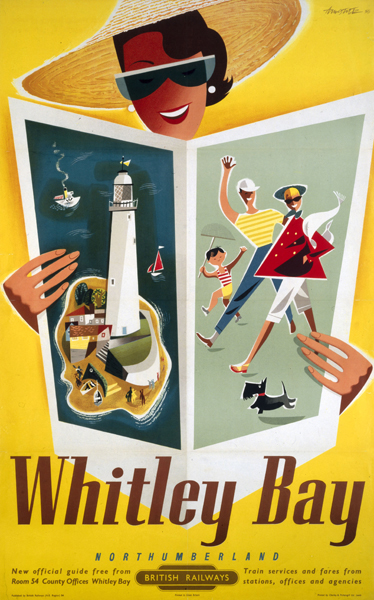
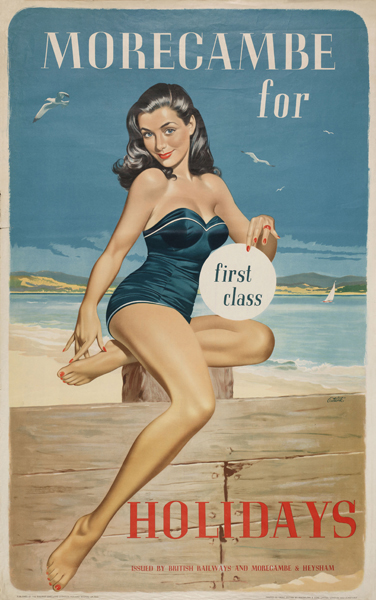
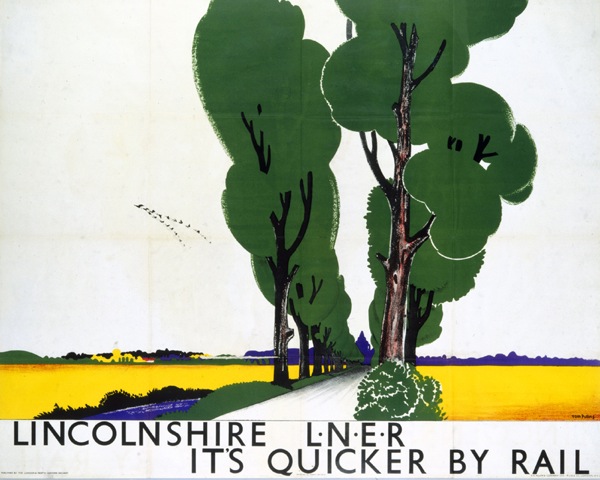
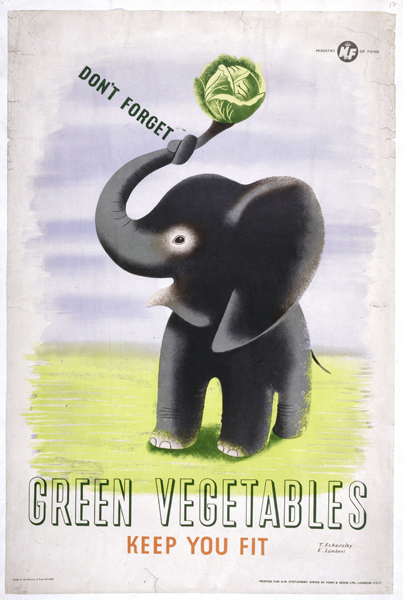
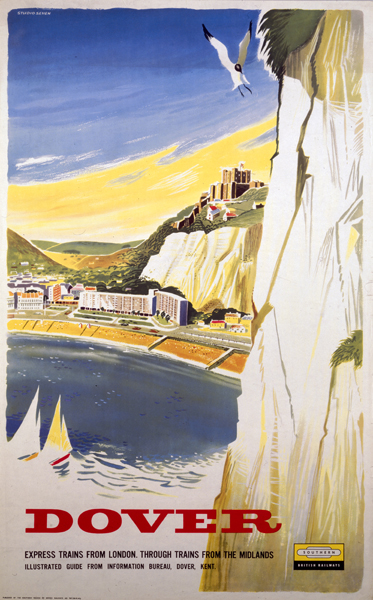
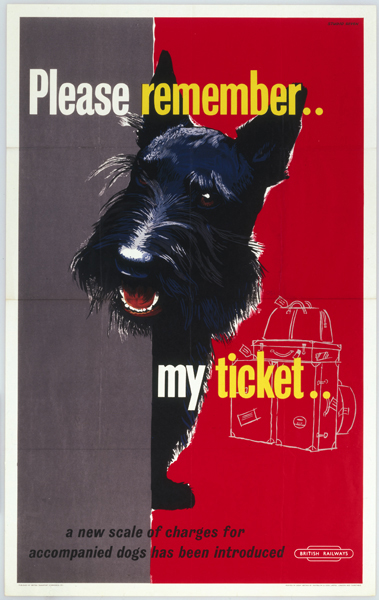
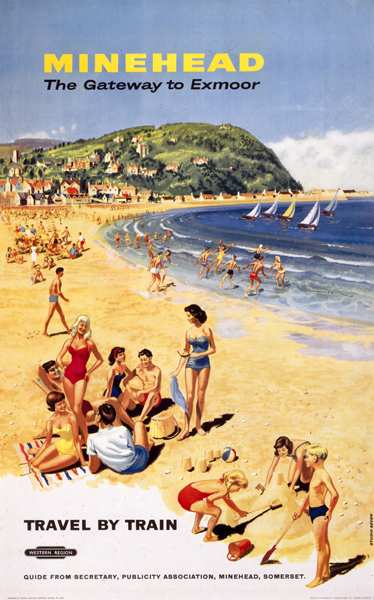
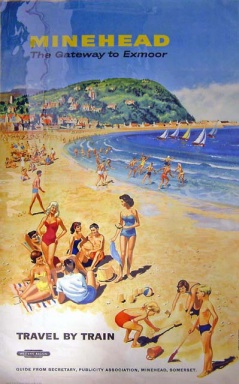
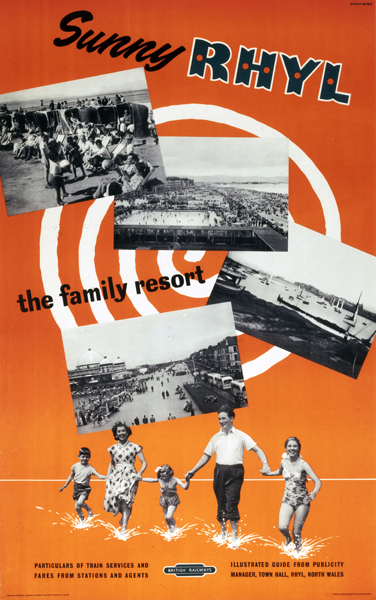
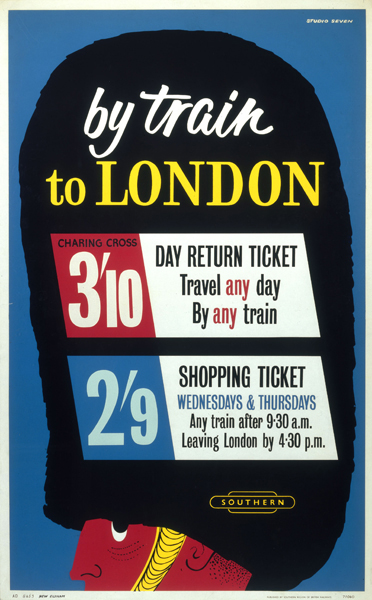
Mr Corwnfolio
Good post.
You make the point about search engines and philosophical perspective in one.
The whole market is skewed by these kind of views.
This is a great opportunity, as you are discovering.
Enjoying these posts immensely…
To take up your point about the lack of posters on display at the NRM…I have always found this both strange and disappointing. I once caught an excellent temporary Tom Purvis show but such things are few and far between. They should have a permanent gallery.
On a visit towards the end of last year the only original posters I recall seeing were about half a dozen framed examples in the warehouse area, but they had obviously been stored somewhere very damp because most were suffering from significant mould growth! I hope this is not indicative of the way the national collection is being cared for.
Glad you’re enjoying the blog – but the NRM story sounds pretty grim. Perhaps I could become some kind of poster Social Services, and take them into my care for their own good…